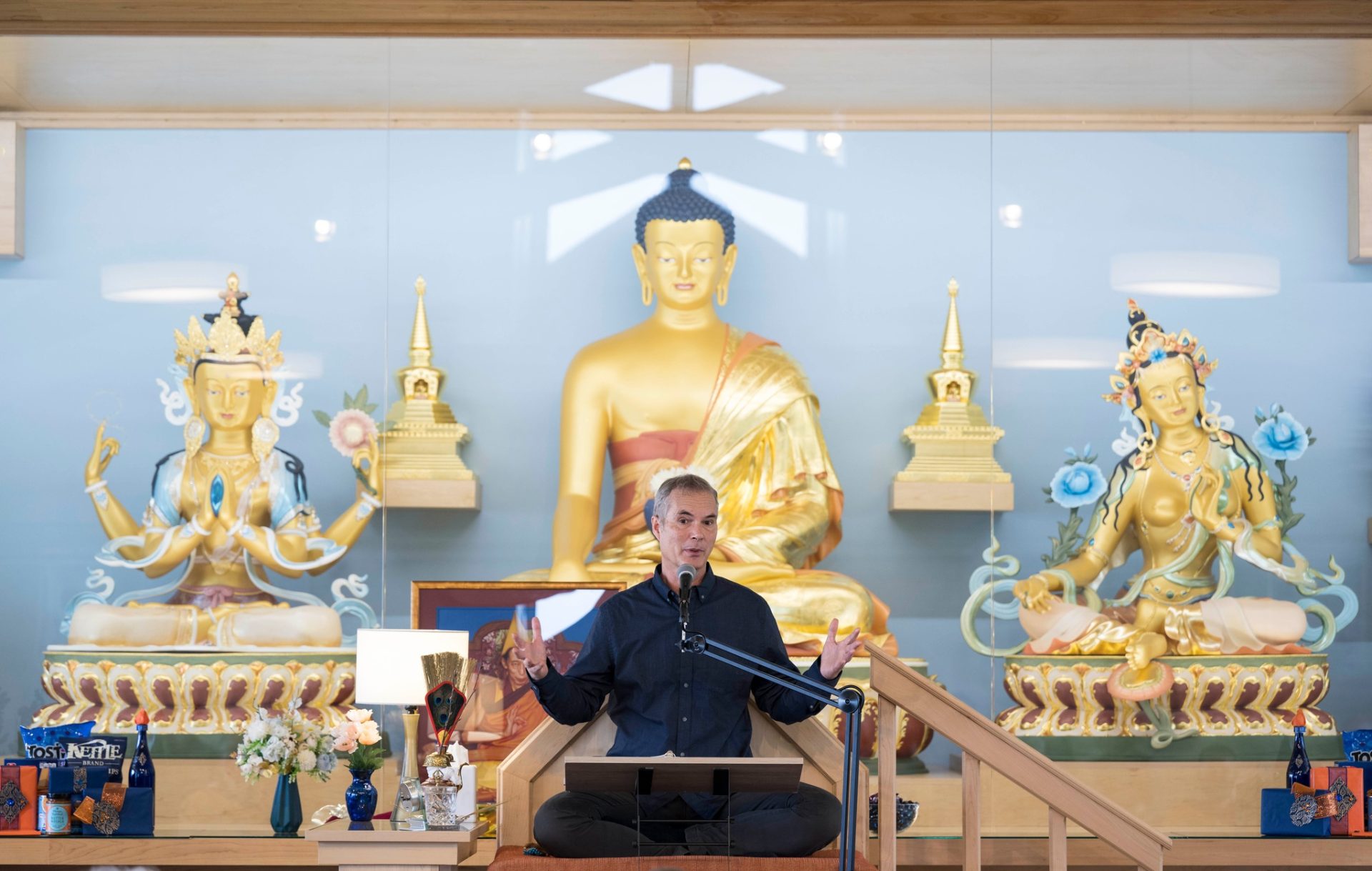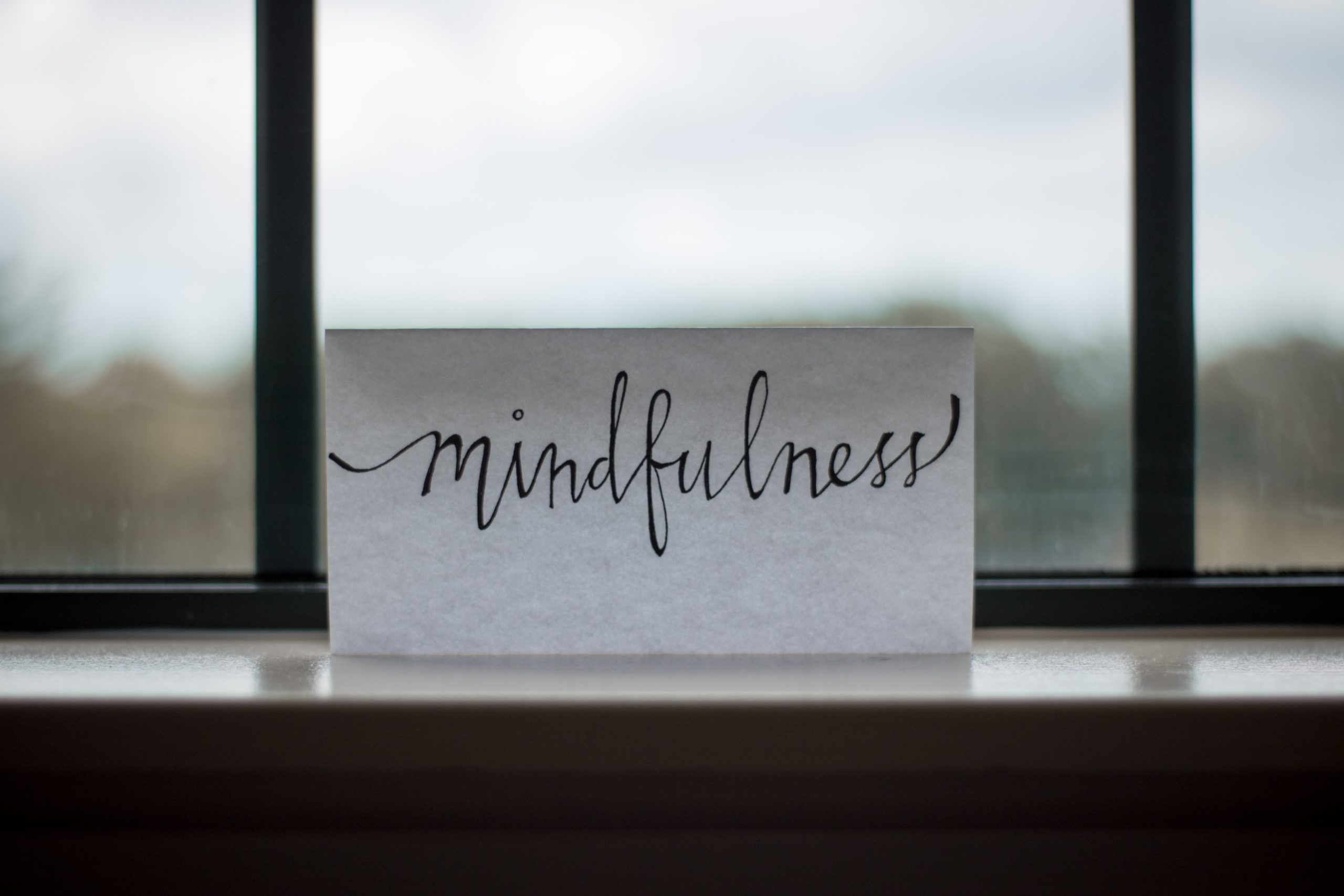Find The Best Budgeting Style For You With Help From Experts
One size doesn’t necessarily fit all, not only when it comes to clothes, but also finances.

Image by Carl Zoch / Stocksy November 06, 2024 Invest in your well-being: In this financial wellness series, we're diving into how to better budget for your physical, mental, and emotional health. Welcome to Wellth Check. One size doesn’t necessarily fit all, not only when it comes to clothes, but also finances. Everyone can benefit from a budget. Following the right one can put you on the path to financial success. When selecting a budgeting style, consider your financial circumstances, goals and personal preferences. “Each method is unique and geared toward certain lifestyles and needs. Choosing a budgeting method that resonates with your financial habits is crucial. It transforms budgeting from a chore into an empowering tool,” says Kevin Shahnazari, founder and chief executive officer of FinlyWealth, a credit card platform. Here’s a look at some of the options
For those who keep it simple: 50/30/20 budgeting method
The 50/30/20 budgeting method is simple. Your after-tax income is split into three portions: 50% for needs like housing and food, 30% for wants, which is discretionary spending, and 20% for savings and debt repayment.
This method may, however, be tougher to do, “in high-cost living areas where the essentials, like rent or a mortgage take a bigger portion of income,” points out Shahnazari.
Likewise, a senior citizen living on a Social Security check of $2,200 a month paying $800 for rent and utilities on a subsidized apartment is likely to need at least 70% for fixed expenses, points out Michael Sullivan, a personal finance consultant with Take Charge America, a credit counseling and debt management agency.
But overall, 50/30/20 is perfect for those looking for a no-frills way of budgeting without much complexity.
For over-spenders: Cash allocations
Back before all the high-tech tools some folks had envelopes for rent, utilities, groceries, entertainment and whatever categories they needed.
On pay day they put a certain amount of cash in each envelope. When the money in the envelope was done it was done.
“You can’t spend any more in that category for the month. This can be a powerful tool for curbing overspending as it creates a physical limit on your expenditures,” says Shawn Maloney, founder of Retire Wise Pro, which offers financial planning.
Who might be a good candidate for this type of budget? “People who often overspend. This will help you develop more mindful spending habits,” said Maloney.
For the detail-oriented: Zero-based budgeting
Zero-based budgeting is a method where every dollar of your income is allocated to specific expenses, savings, or debt repayment, resulting in a budget that equals zero at the end of the month.
Unlike traditional budgeting, where you may use the previous month’s expenses as a baseline, this approach requires you to justify every expense from scratch each period.
This means you actively track and categorize your spending, ensuring that you only allocate funds to necessary expenses and savings goals.
“This strategy is a good fit for those who are detail oriented as well as those that have variable income. If you’re trying to save more or pay off debt fast, this approach will keep you much more accountable,” says Paul Carlson, a CPA with AE Velocity.
For those who want to build savings or tackle debt: Pay yourself first
You no doubt have heard the financial advice to pay yourself first. You can budget this way.
You determine what percentage of your paycheck you want to go towards retirement/savings and every single paycheck that is what gets paid first. Anything else you want or need has to fall within the remainder of the money.
“Depending on where you are with your wants and needs, you may put aside 30, 40 even 50% of your income. I think the pay-yourself first method at lower percentages is great for first-time budgeters, but at higher percentages, such as 40+% for retirement and savings, it is fantastic for the ultimate budgeter, as you really need to watch your wants and needs,” says personal finance expert Jennifer Beeston.
“The whole idea is to make saving a priority before doing anything else. It’s especially helpful if you're trying to build an emergency fund or tackle debt systematically,” says Carlson.
For those who don't want to overcomplicate things: Practice the Pareto Principle
The Pareto Principle is the 80/20 rule. When it comes to budgeting, you set aside 20% for savings and 80% for everything else. If you don’t want to get mired in details, this one is likely for you, as once you’ve saved your 20% you know what you have to spend for essential and discretionary expenses.
“This is ideal for busy individuals who don’t have the time to track each spend to a T or for families that have constantly changing spending categories,” says Shawn Plummer, CEO of The Annuity Expert.
The takeaway
David Kindness, a CPA, says that from working with his clients at Best Money, he’s learned that the best budgeting method is the one you’ll stick to: “I encourage people to experiment with different approaches or even combine elements from various methods to create a personalized system that aligns with their financial habits and goals.”

 FrankLin
FrankLin 
































